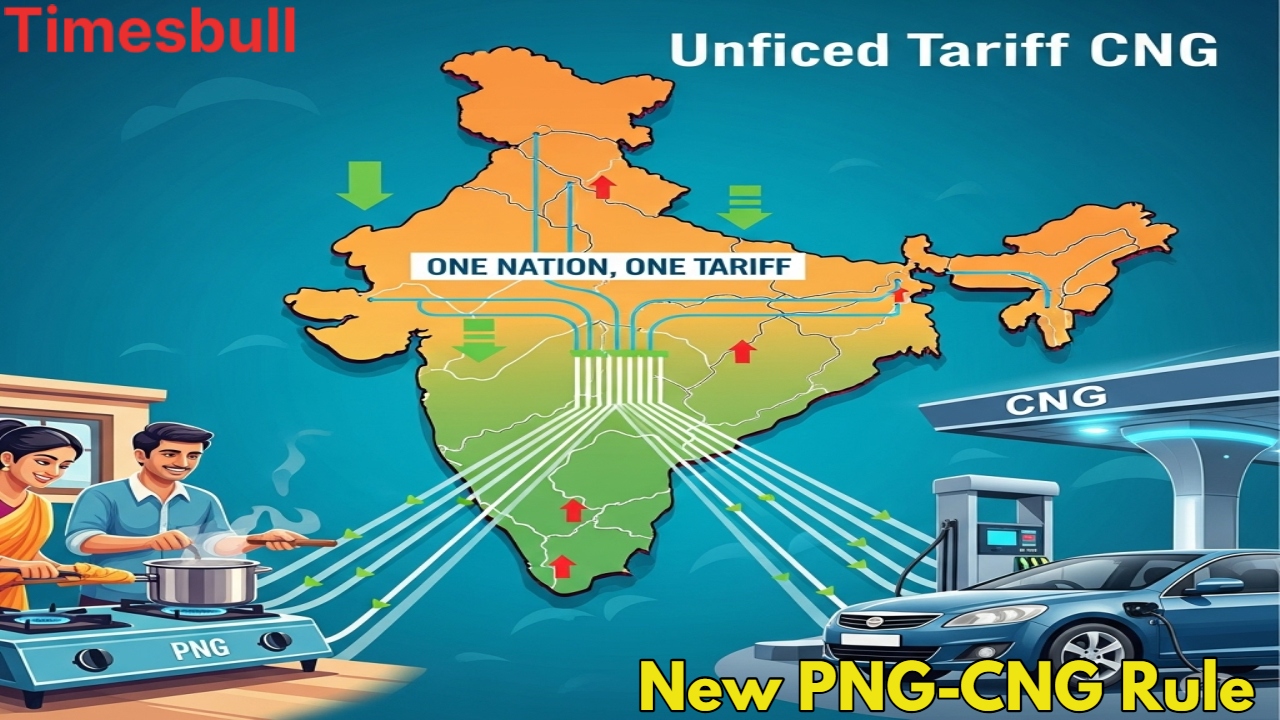If you use Piped Natural Gas (PNG) and Compressed Natural Gas (CNG), then there is big news for you. The way for these to become cheaper may be cleared in the coming 2-3 days. According to sources, the board of Petroleum and Natural Gas Regulatory Board (PNGRB) has approved the new tariff regulation.
PNGRB board has given the green signal to this new tariff regulation and it can be released in the next 2-3 days. Now instead of distance, a Unified Tariff will be applicable. This means that a uniform tariff will apply to all consumers of a zone. Due to this uniform tariff, prices will increase in some places and decrease in some places.
Big News for PNG-CNG
According to information received from sources, with the implementation of the new tariff regulation, the number of unified tariff zones will decrease from 3 to 2. Due to this, the prices of PNG and CNG will decrease in many cities. At the same time, their prices will also increase in many cities. Earlier, the price of gas used to increase if the distance from the filling station was more than 300 km.
That is, the price of CNG-PNG was higher in remote areas, while their price was lower in central areas. But now there will be a provision for a unified tariff. This will simply mean that the prices that will be in Delhi will now be the same in Ghaziabad. Even in cities far from Ghaziabad, which will come in the same zone, the same prices will be applicable. This is being considered an important step towards ‘One Country, One Tariff’.
Key and potential impacts of the new regulation
There are some important aspects of the new regulation that will have a major impact on gas distribution and connectivity in the country:
Incentives for Remote Areas
An important point of the new regulation is that companies that set up their facilities in remote areas will get incentives. Its purpose is to increase CNG-PNG connectivity in remote areas so that clean energy can reach every corner of the country. This will accelerate the expansion of the gas network.
Common Minimum Program
Under the government’s Common Minimum Program, a target of 120 million domestic PNG connections has been set by 2030. Under this program, a target has also been set to set up 17,500 CNG stations. This new regulation will help achieve these goals as it will promote infrastructure development in remote areas.
Price stability
The unified tariff will lead to greater stability in prices across different regions, making it easier for consumers to predict costs. It will also create a level playing field for business and industry.
Infrastructure development
With operators being encouraged to invest in remote areas, gas pipeline networks, and filling stations will grow rapidly, ensuring access to gas to more people.
Will prices change in your city
The unified tariff will have a direct impact on consumers. However, it is not yet clear whether prices in your city will decrease or increase, as it will depend on which new unified tariff zone your city falls in and what the current price is there.
Increase in short-distance cities
Cities, where gas was cheaper earlier (due to being close to the filling station), may see a slight increase in prices.
Reduction in cities located at long distances
In cities where gas was earlier expensive (due to distance from filling stations), prices may decrease, which will directly benefit consumers.
Overall, this regulation is a big step towards making the price structure of gas in the country more rational and equitable.
